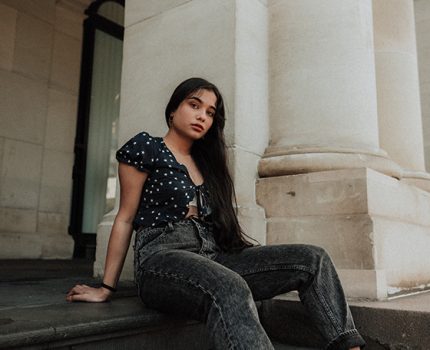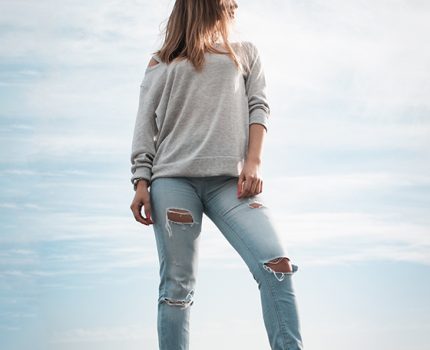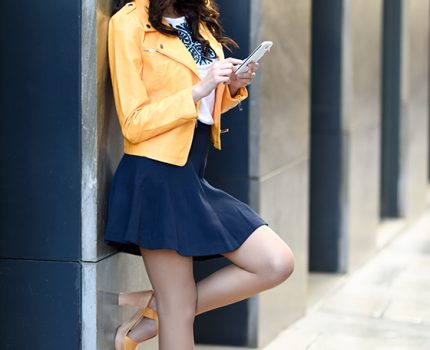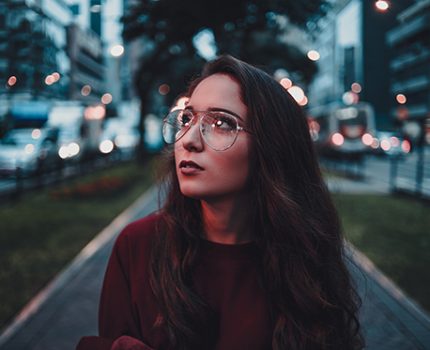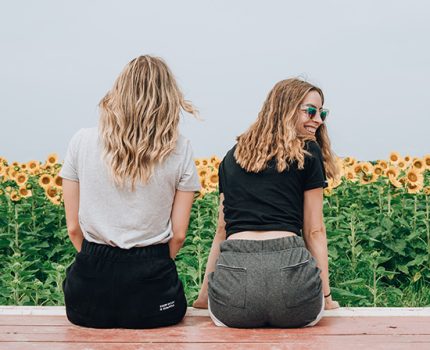The Impact of Digital Fabric Printing on Customizable Costume Patterns
Digital fabric printing has revolutionized costume design with unparalleled customization. This technology allows designers to create intricate patterns and vibrant colors, previously unattainable. It’s cost-effective for small projects, ideal for unique costumes in theater or cosplay events. Digital fabric printing offers detailed patterns, quick turnaround times, and versatile material options, from silk to denim. Additionally, it’s more sustainable than traditional dyeing methods, aligning with eco-friendly practices. In summary, digital fabric printing empowers designers, enabling creativity, efficiency, and sustainability in the costume design world.



